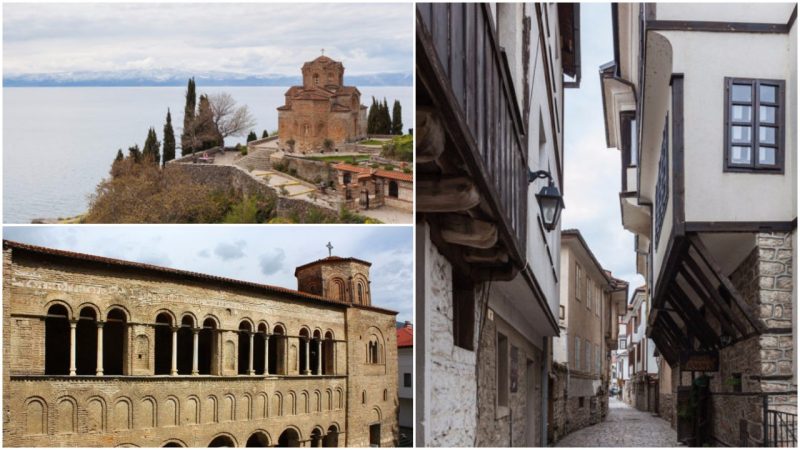Ohrid is a city in the Republic of Macedonia and it is often called “Balkan Pearl” or “Jerusalem (of the Balkans)”. It is mostly known because of the Lake Ohrid which is one of the deepest and oldest in Europe.
The city of Ohrid and Lake Ohrid were declared a World Heritage Site by UNESCO in 1979 and 1980, respectively.
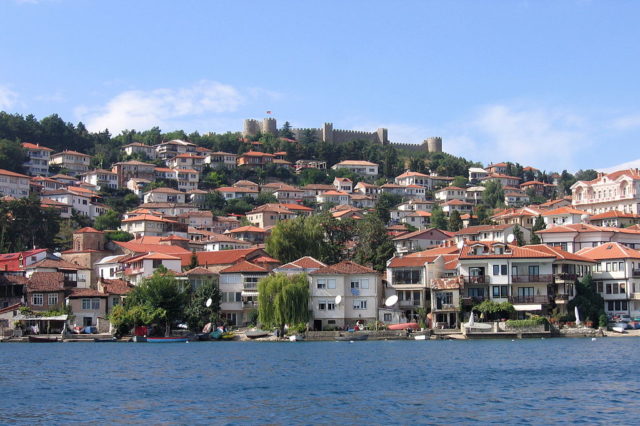
In 2010, one of Titan’s lakes was named after Lake by NASA. The lake covers an area of 138 square miles and has an average depth of 508 ft while the deepest point is 984 ft. There are over 200 endemic species in it. Considering the total surface area, 96 sq mi belongs to Republic of Macedonia and 42 s mi belongs to Albania.
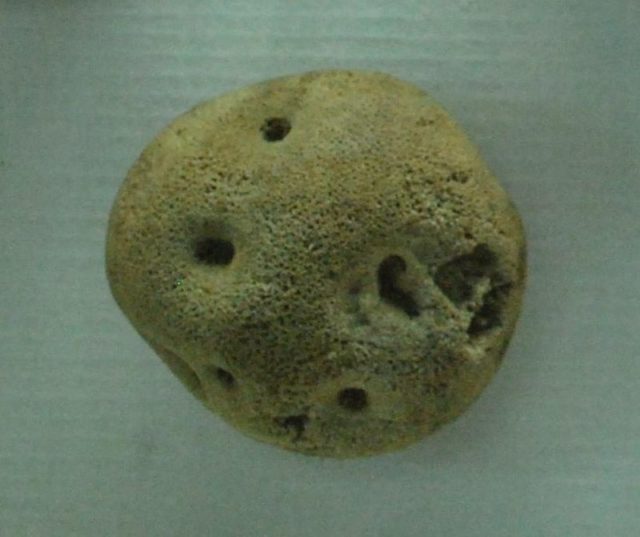
The earliest inhabitants of the widest Lake Ohrid region were the Dassaretae, an ancient Greek tribe. The first name of the city was Lychnidos, supposedly meaning “city of light” in Greek.
Around 879 AD, when the Slavs moved in the Balkans, the city was renamed and called Ohrid, meaning “on the hill”.
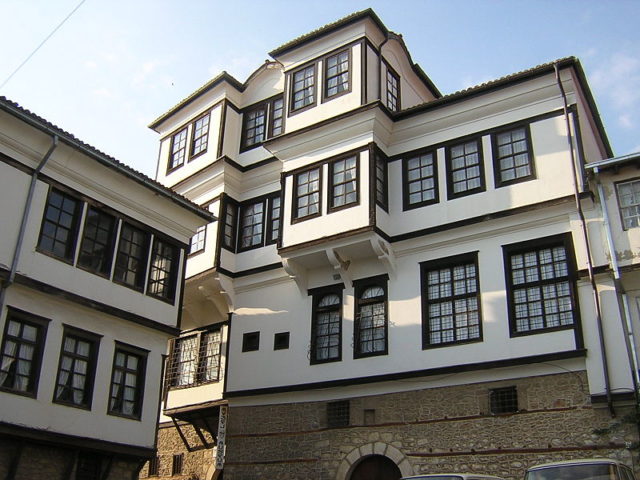
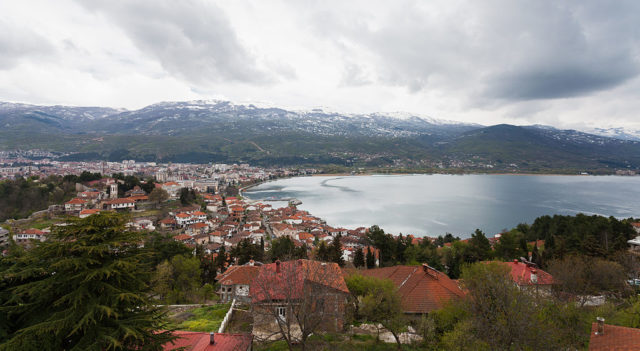
According to Macedonian archaeologists, the city was built at the time of king Phillip II of Macedon. The city is located along the Via Egnatia – the road built by the Romans during the 2nd century BC and which connected Turkey and Albania.
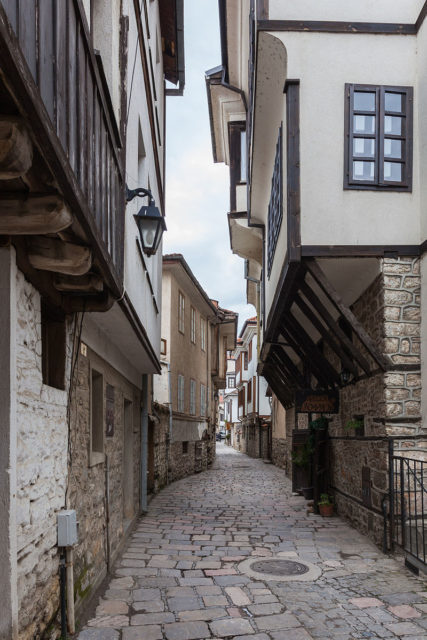
There is also the Samuil’s Fortress, at the top of the hill, where the city was first established. Some archaeologists claim its establishment at another place of which was built in the 4th century B.C.
The fortress got its name by Tsar Samuil – Tsar of the First Bulgarian Empire.
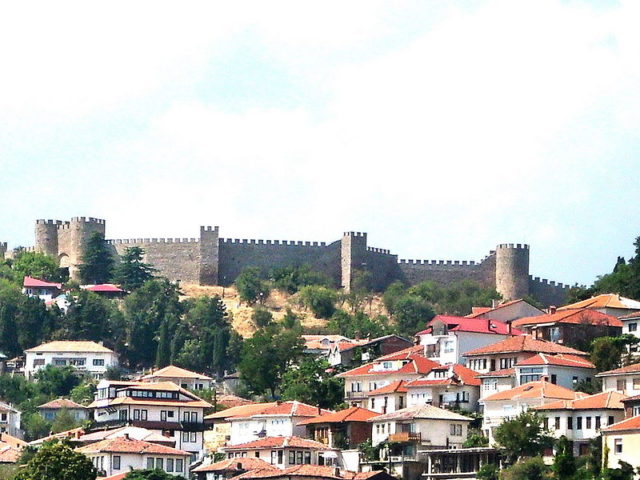
In 886, the Ohrid Literary School was established by Clement of Ohrid – a student of Ss. Cyril and Methodius, the brothers who devised the Glagolitic alphabet, the first alphabet used to transcribe Old Church Slavonic. In 990 Ohrid became the seat of the Bulgarian Patriarchate.
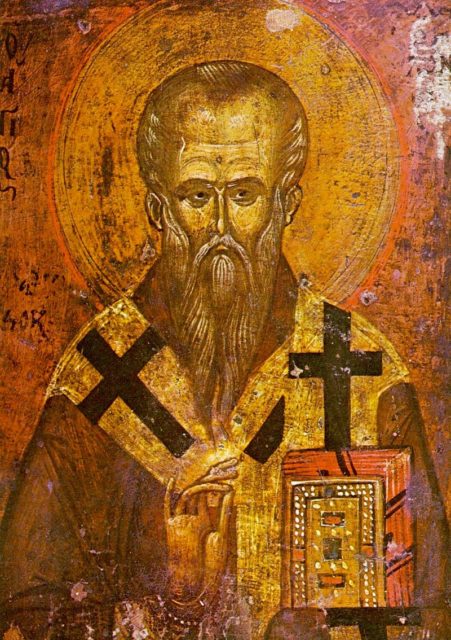
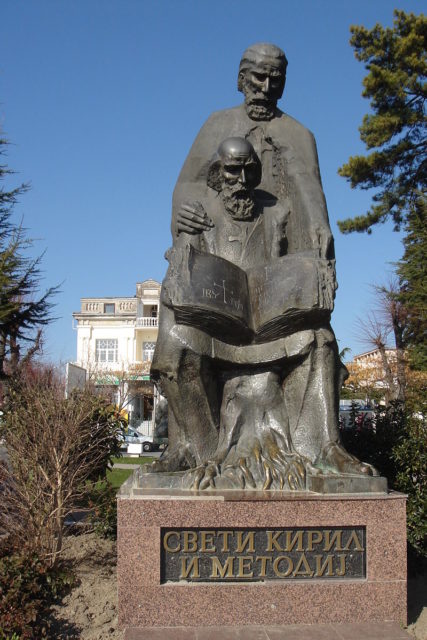
In 1018, when the Byzantines reconquered the city, the Bulgarian Patriarchate was downgraded to an Archbishopric. Most of the churches were built by the Byzantines and the Bulgarians, and some by the Serbians. Many of those churches were ruined or rebuilt into mosques during the Ottoman rule.
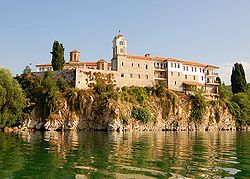
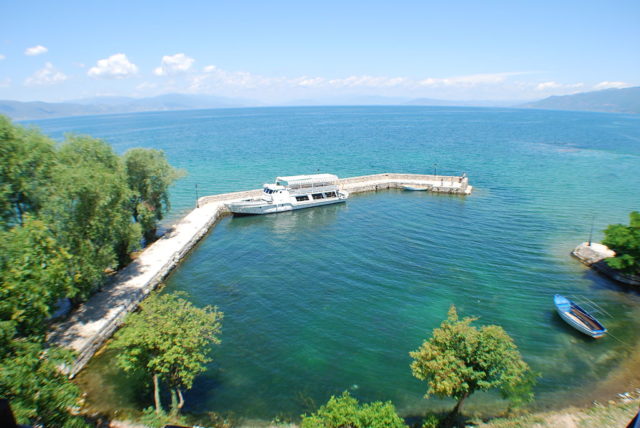
Today, the number of churches in Ohrid is significantly smaller but still there are too many churches for a city of only 40,000 inhabitants. Some of the most significant surviving chapels in Ohrid are Church of St. Sofia, Church of St. Panteleimon, Church of St. John at Kaneo and Monastery of St. Naum.
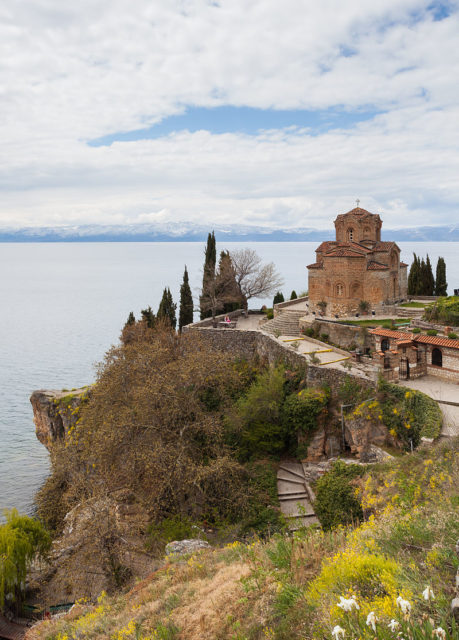
The Church of St. Sofia used to be a synod church of the Bulgarian Orthodox Church and later of the Archbishopric of Ohrid. The Ottomans converted it into a mosque and after the fall of the Ottoman Empire, it was once again converted into a church. Inside, even though most of it had been damaged during a fire, there are surviving pieces of frescoes from the 11th, 12th and 13th century.
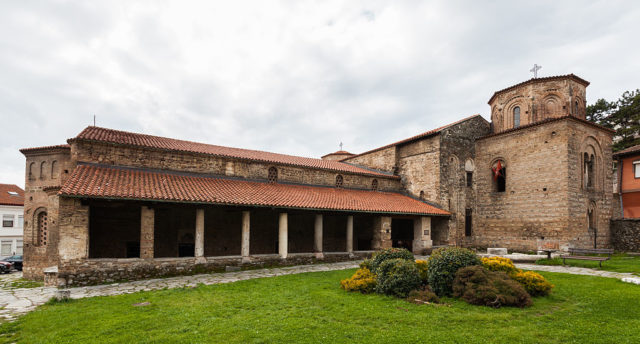
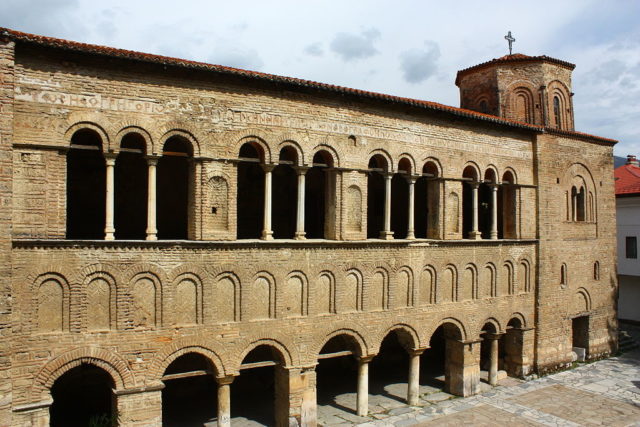
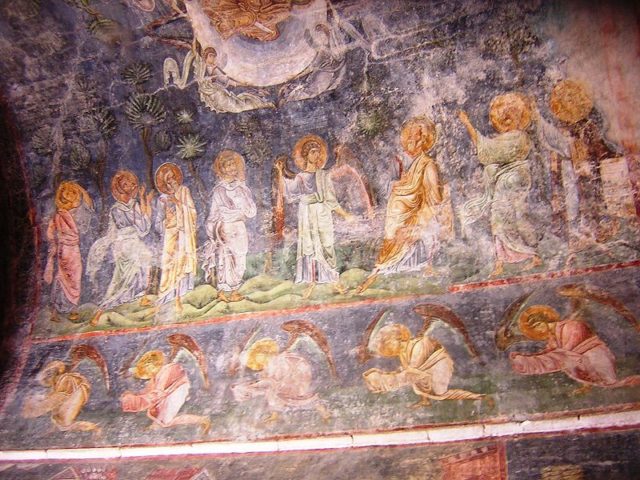
The church St. Panteleimon used to be a monastery where St. Clement of Ohrid taught his students of the Glagolitic alphabet which was used to translate the Bible into Old Church Slavonic. The monastery had been converted into a mosque and then monastery again, and again mosque. So most of the original building had been destroyed. But the mosaic floors of the early Christian basilica are well restored.
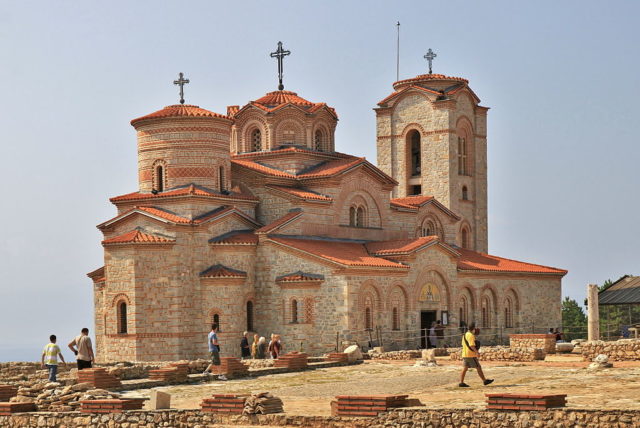
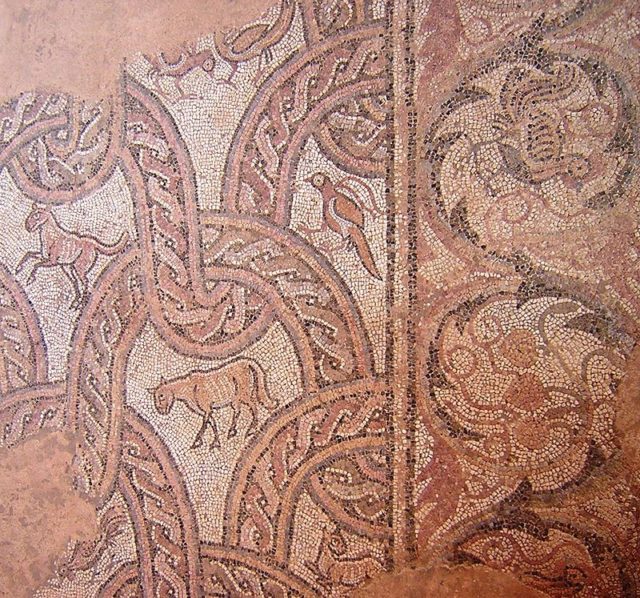
Each year, from 12th of July until the 20th of August there is the Ohrid Summer Festival that takes place all around the city and it is a festival of classical music, theater, and dance.
